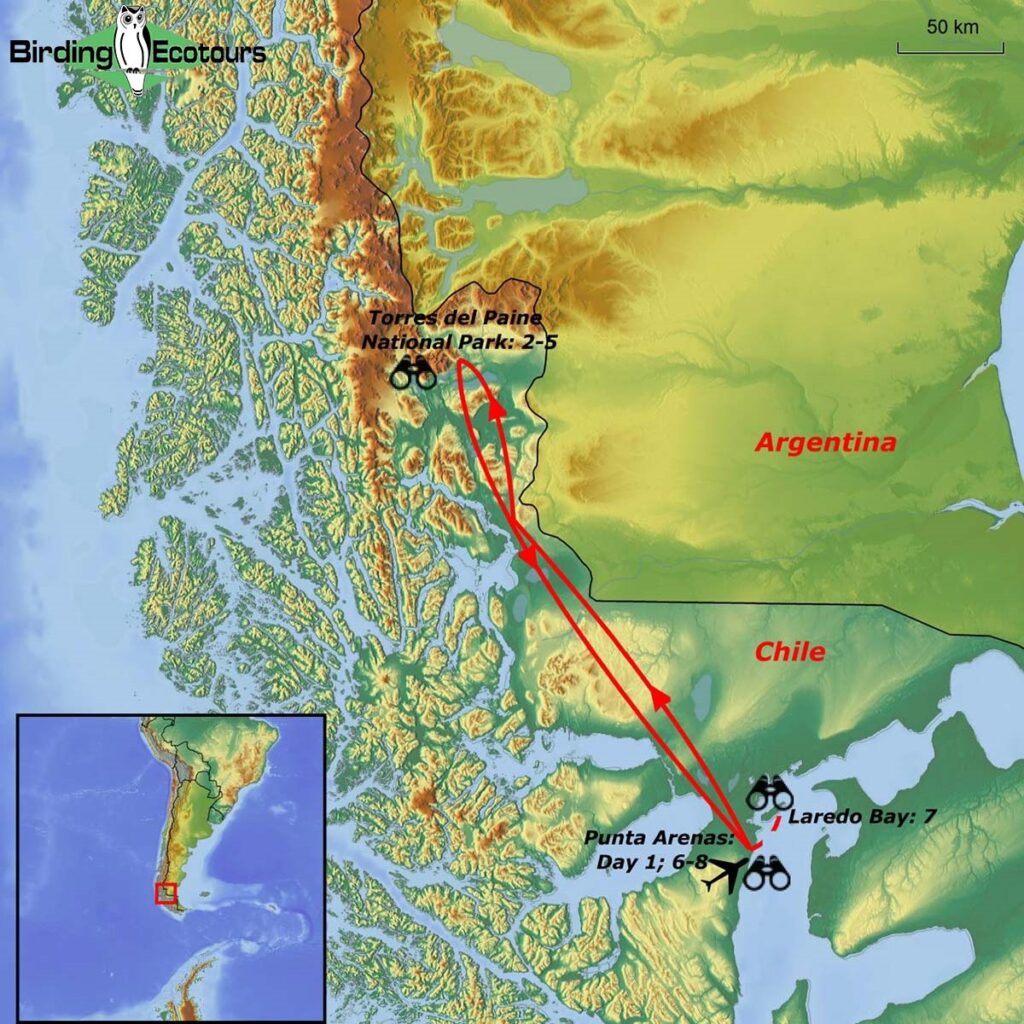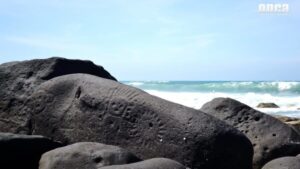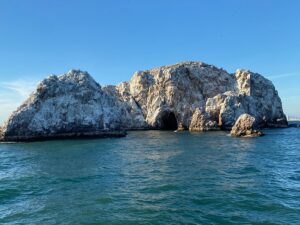Birdwatching in Torres del Paine, Chile
Nestled in the heart of Chilean Patagonia, Torres del Paine National Park is a haven for nature enthusiasts and birdwatchers alike. This stunning landscape, characterized by its towering mountains, azure lakes, and sprawling glaciers, offers a unique opportunity to observe a diverse array of bird species in their natural habitat. Whether you’re a seasoned birder or a curious traveler, Torres del Paine promises an unforgettable experience.
What to See
Torres del Paine is home to over 100 bird species, making it a prime destination for birdwatching. Among the most sought-after sightings are the majestic Andean condor, with its impressive wingspan, and the striking Chilean flamingo, often found wading in the park’s lagoons. Keep an eye out for the black-chested buzzard-eagle soaring above the rugged terrain, and listen for the distinctive call of the Magellanic woodpecker echoing through the forests. The park’s varied ecosystems, from grasslands to wetlands, provide habitats for a wide range of birds, including the rufous-tailed plantcutter and the elusive torrent duck.
A Bit of History and Interesting Facts
Torres del Paine was established as a national park in 1959 and later designated a UNESCO Biosphere Reserve in 1978. The park’s name, “Towers of Paine,” refers to the three granite peaks that dominate the skyline, a sight that has captivated explorers and adventurers for decades. The indigenous Tehuelche people, who once roamed these lands, called the area “Paine,” meaning “blue” in their language, a nod to the striking hues of the park’s lakes and glaciers.
An interesting fact about the park is its role in the conservation of the Andean condor, one of the world’s largest flying birds. Efforts to protect this iconic species have been successful, and visitors often spot these magnificent birds gliding effortlessly on thermal currents.
Getting There and Tips for First-Time Visitors
Reaching Torres del Paine requires a bit of planning, but the journey is well worth it. The nearest major city is Punta Arenas, which has an airport with flights from Santiago. From Punta Arenas, you can take a bus or rent a car to reach Puerto Natales, the gateway to the park. From Puerto Natales, regular buses and tours operate to the park entrance.
For first-time visitors, it’s important to note that the weather in Torres del Paine can be unpredictable, with strong winds and sudden changes in temperature. Dress in layers and bring waterproof gear to stay comfortable. Binoculars and a good field guide are essential for birdwatching, and a camera with a zoom lens will help capture the park’s breathtaking scenery and wildlife.
Accommodation options range from campsites and refugios (mountain lodges) to luxury hotels, catering to different preferences and budgets. It’s advisable to book in advance, especially during the peak season from November to March.
Whether you’re drawn by the allure of the Andean condor or the vibrant colors of the Chilean flamingo, birdwatching in Torres del Paine offers a chance to connect with nature in one of the world’s most beautiful settings.








